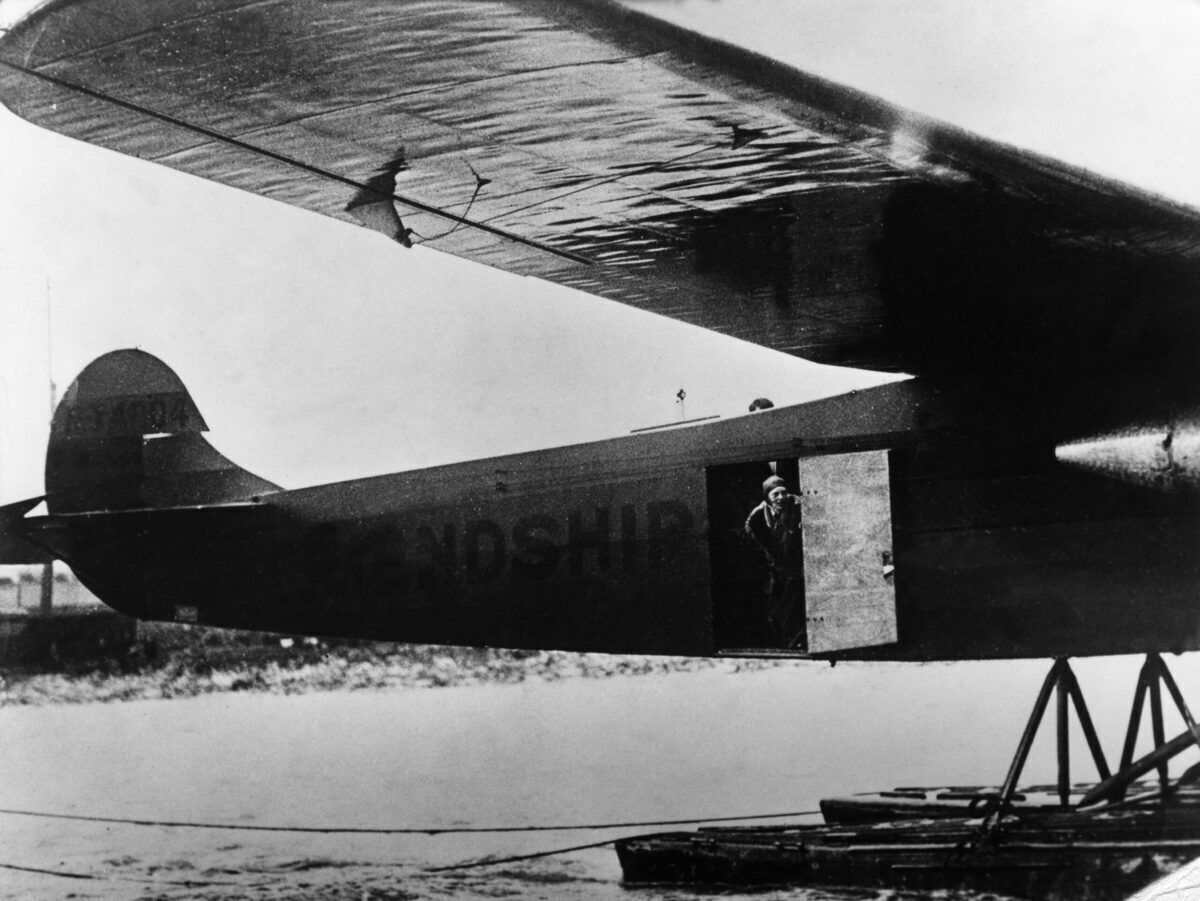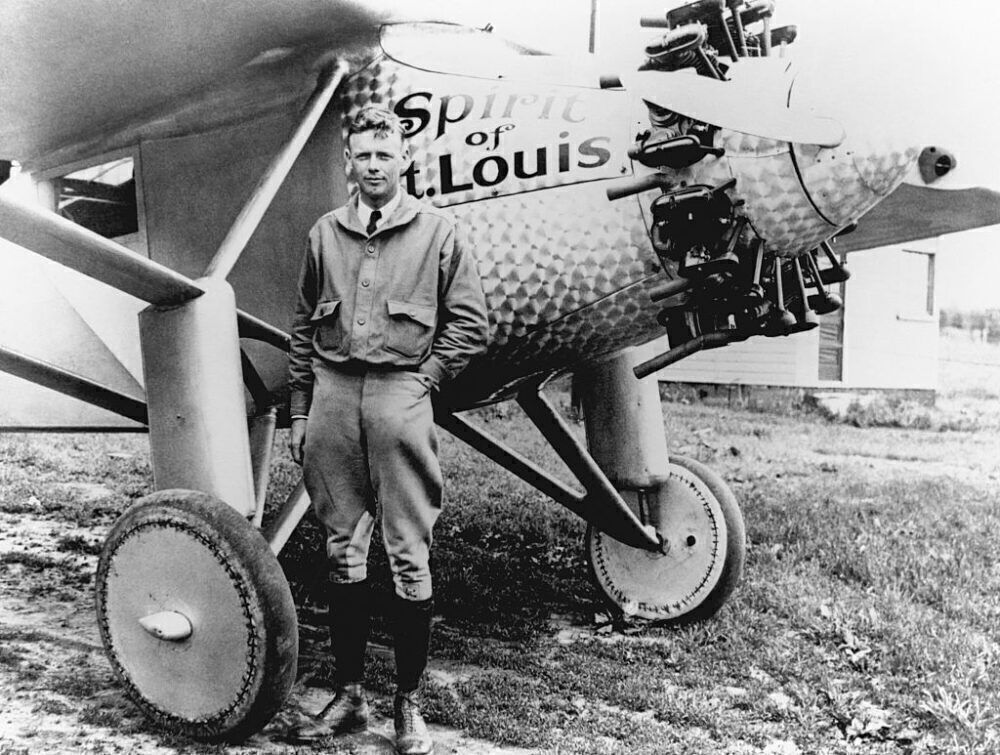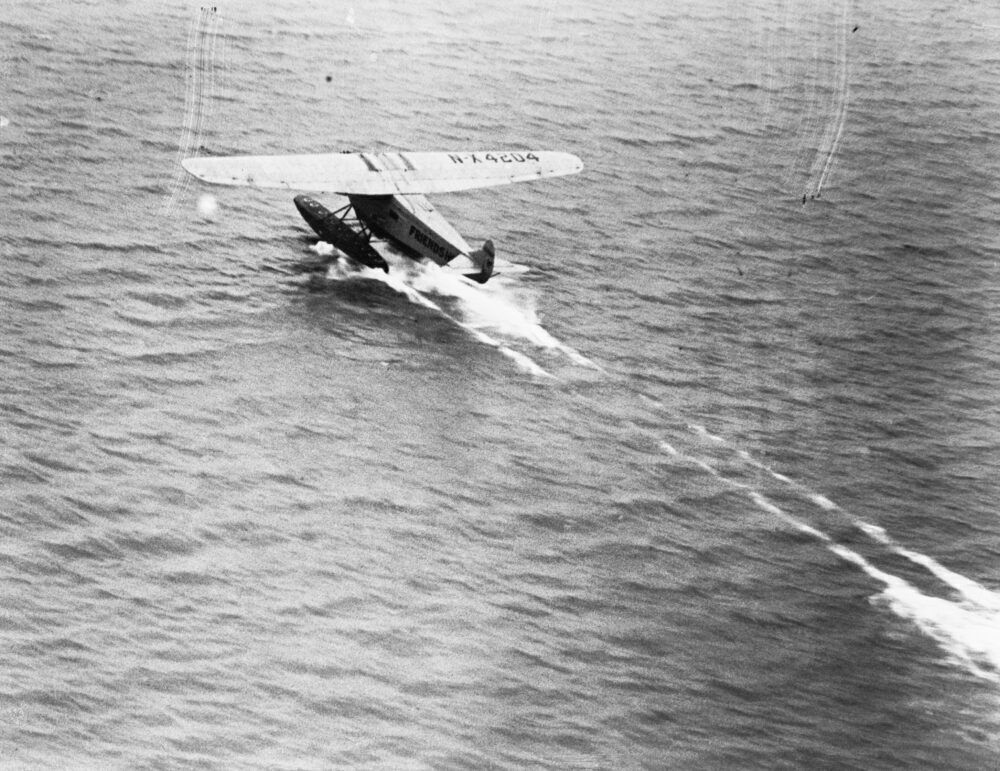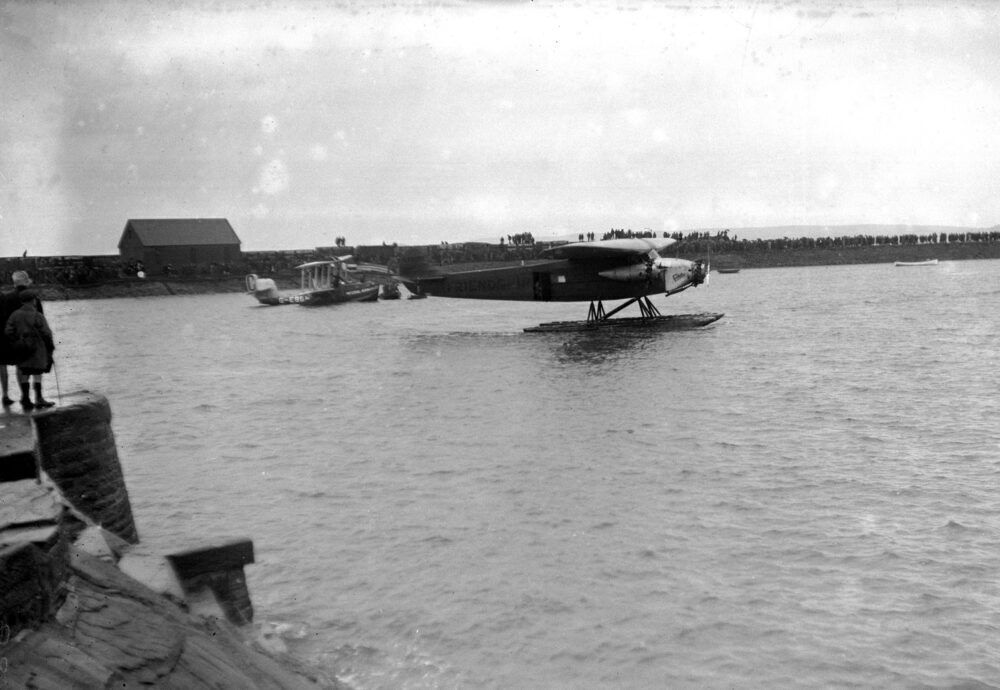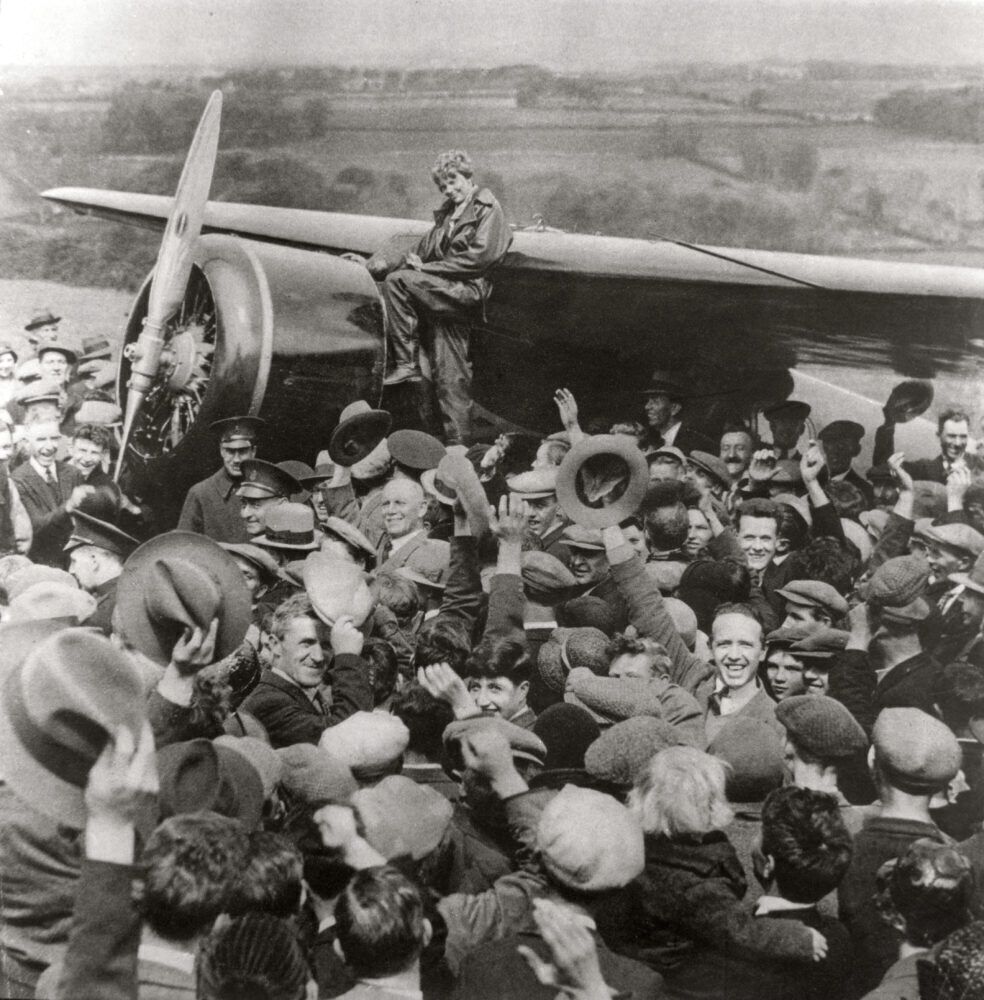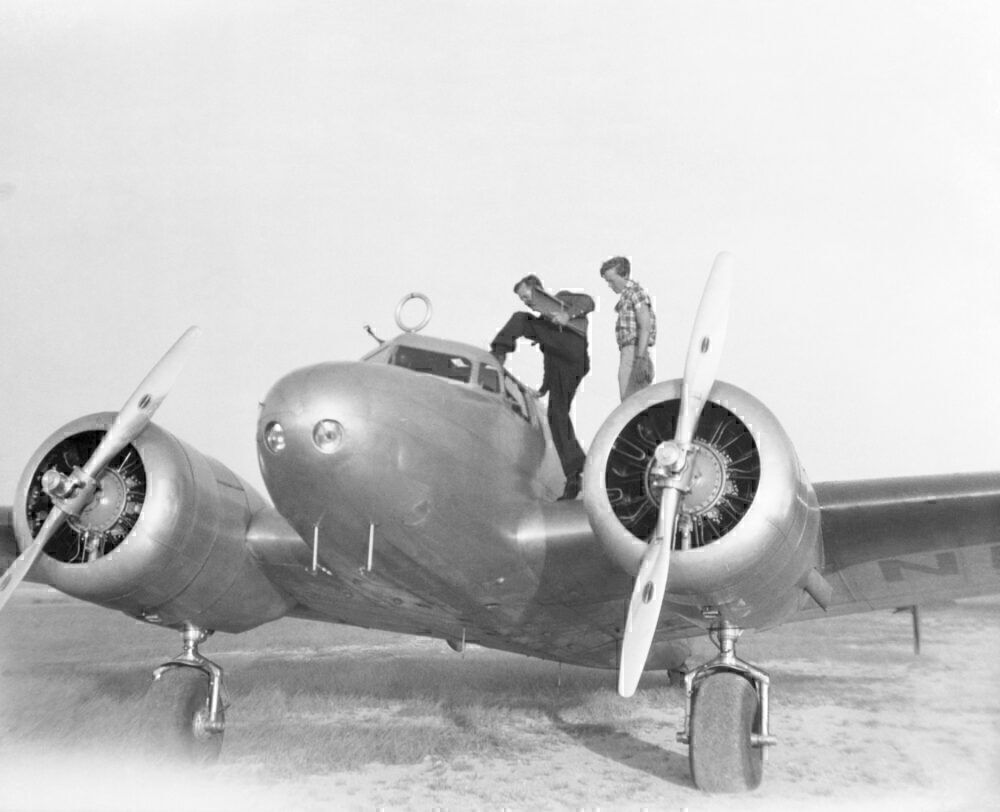Today marks 93 years since Amelia Earhart first landed after flying across the Atlantic Ocean. The American pioneer was truly a trailblazer in the early days of aviation, and her trip from Newfoundland to South Wales in 1928 was one of her key breakthroughs.
New possibilities
On May 21st, 1927, the legendary Charles Lindbergh completed the first solo nonstop transatlantic flight in history after landing in Paris from New York. This Spirit of St. Louis-backed trip would send shockwaves throughout the globe, inspiring a generation of voyages.
Thus, Amy Guest, a wealthy American who lived in England, had recently purchased a trimotor plane and expressed her interest in being the first woman to fly or be flown across the Atlantic. However, she soon felt that the trip would be too hazardous. So, she offered to sponsor the program with another woman to undertake the task. Subsequently, in April 1928, Earhart received a call from Captain Hilton H. Railey, asking if she would like to fly across the ocean.
Notably, George P. Putnam was a coordinator of this project. The book publisher and publicist would end up marrying Earhart in 1931.
Stay informed: Sign up for our daily and weekly aviation news digests.
A specific role
Earhart already had around 500 hours of flight time to her name. Nonetheless, she would not pilot this flight. Instead, she was the “aircraft commander.”
“This is to say that on arrival at Trepassey of the tri-motor Fokker plane “FRIENDSHIP” if any questions of policy, procedure, personnel or any other question arises the decision of Miss Amelia M. Earhart is to be final,” a letter from Mrs. Guest's attorney stated, shared in The Sound of Wings by Mary S. Lovell, via This Day In Aviation.
“That she is to have control of the plane and of the disposal of the services of all employees as fully as if she were the owner. And further, that on arrival of the plane in London full control of the disposition of the plane and of the time and services of employees shall be hers to the same extent until and unless the owner directs otherwise.”
On her way
Earhart joined pilots Wilmer Stultz and Louis Gordon on the Fokker Friendship. The trio left Trepassey Harbor, Newfoundland, which was a British Dominion at the time, on June 17th, 1928.
They landed at Pwll near Burry Port, South Wales, after 20 hours and 40 minutes. Despite being the first woman to cross the Atlantic in an aircraft, Earhart conceded that she was just luggage on the flight. She had the desire to try it again, this time at the helm.
Laying the foundations
Despite Earhart not being completely content with the journey, her fame skyrocketed. After traveling to Southampton the day after landing in Wales, she received a hero’s welcome. Then, following the return to the United States, she was greeted with a ticker-tape parade with Stulz and Gordon. The three were also given a reception at the White House by US President Calvin Coolidge.
Overall, the initial hop over the pond planted the seeds for another first in aviation history. On May 20th, 1932, Earhart once again broke ground after a solo flight from Harbour Grace, Newfoundland to Culmore, Northern Ireland that took nearly 15 hours.
Conditions were tough with this voyage, with thick clouds and ice on the wings of the aircraft. There were also mechanical difficulties after 12 hours. As a result, Earhart opted to land her Lockheed Vega in Northern Ireland rather than the initial intended destination of Paris.
Even though Earhart didn't land in the same city that Lindbergh did five years earlier, she pioneered a new feat with this mission. She became the first woman to fly solo across the Atlantic. She also became the first person since Lindbergh to fly nonstop and alone across this ocean.
In the August of that same year, Earhart deployed her Vega again to set another record. The pilot became the first woman to fly solo on a nonstop trip across the US. She flew from Newark to Los Angeles in approximately 19 hours.
A lasting impact
Earhart would continue to influence aviation. Until her untimely death in 1937, she remained a force in the scene.
“In 1935 she completed the first solo flight from Hawaii to California. In the meantime Earhart continued to promote aviation and helped found the group, the Ninety-Nines, an organization dedicated to female aviators,” NASA shares.
“On June 1, 1937, Earhart and navigator, Fred Noonan, left Miami, Florida on an around the world flight. Earhart, Noonan and their Lockheed Electra disappeared after a stop in Lae, New Guinea on June 29, 1937. Earhart had only 7,000 miles of her trip remaining when she disappeared.”
There has been a great mystery in regard to the disappearance over the years, with notable search attempts and numerous theories over the decades. Regardless, even before her tragic disappearance, Amelia Earhart’s legacy was written in stone. She pioneered new adventures in aviation and inspired men and women alike for nearly a century.
What are your thoughts about Amelia Earhart’s flights during this critical period of aviation history? What do you make of her overall contributions to the scene over the years? Let us know what you think of the aviator and her achievements in the comment section.

